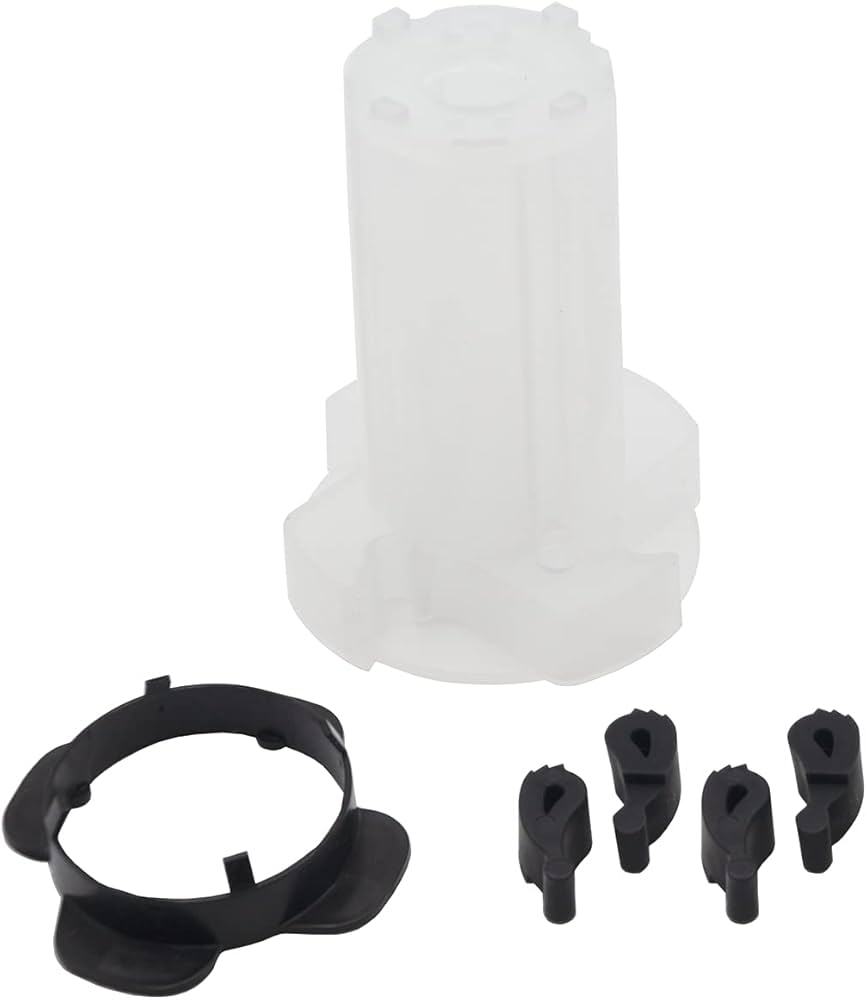Introduction:
When choosing a washing machine, one of the key decisions you’ll face is whether to go with a model that features an agitator or one that does not. Each type has its own set of advantages and drawbacks, which can significantly impact how well your laundry is cleaned, the gentleness on fabrics, energy efficiency, and overall convenience. Understanding these differences can help you make an informed choice tailored to your specific laundry needs. This comprehensive guide delves into the details of washing machines with and without agitators, covering performance, fabric care, energy efficiency, capacity, and other pertinent factors.
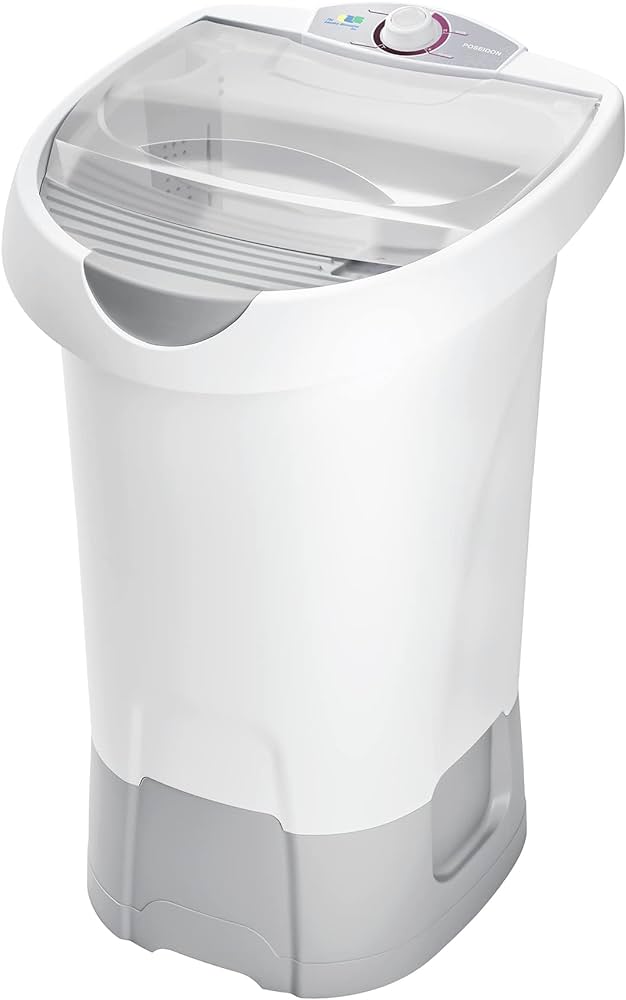
Washing Machine Agitator vs. No Agitator:
Which Is Better for Your Laundry Needs?
Performance:
How Do Agitators Impact Washing Efficacy?
The presence or absence of an agitator in a washing machine can significantly influence its cleaning performance.
Agitator Models:
Powerful Cleaning Action:
Traditional washing machines with agitators have a central post with fins or vanes that rotate back and forth to move clothes through the water and detergent. This vigorous motion excels at dislodging dirt and stains, making agitator models particularly effective for heavily soiled garments or items like work clothes and sports uniforms.
Shorter Wash Cycles:
Due to their powerful cleaning action, washing machines with agitators often have shorter wash cycles. The intense agitation provides a thorough clean more quickly, saving time—an advantage for busy households.
No-Agitator Models:
Gentler on Fabrics:
Washing machines without agitators—often referred to as impeller machines—use a low-profile disc or cone at the bottom of the drum to create a vortex or tumbling motion. This method is gentler on fabrics, reducing wear and tear on delicate items like lingerie, silk, or clothes with embellishments.
Extended Wash Cycles:
Although impeller machines are gentler, they typically have longer wash cycles. The tumbling action takes more time to achieve the same level of cleanliness that an agitator achieves through brute force, although the extended cycle is often balanced by the preservation of fabric integrity.
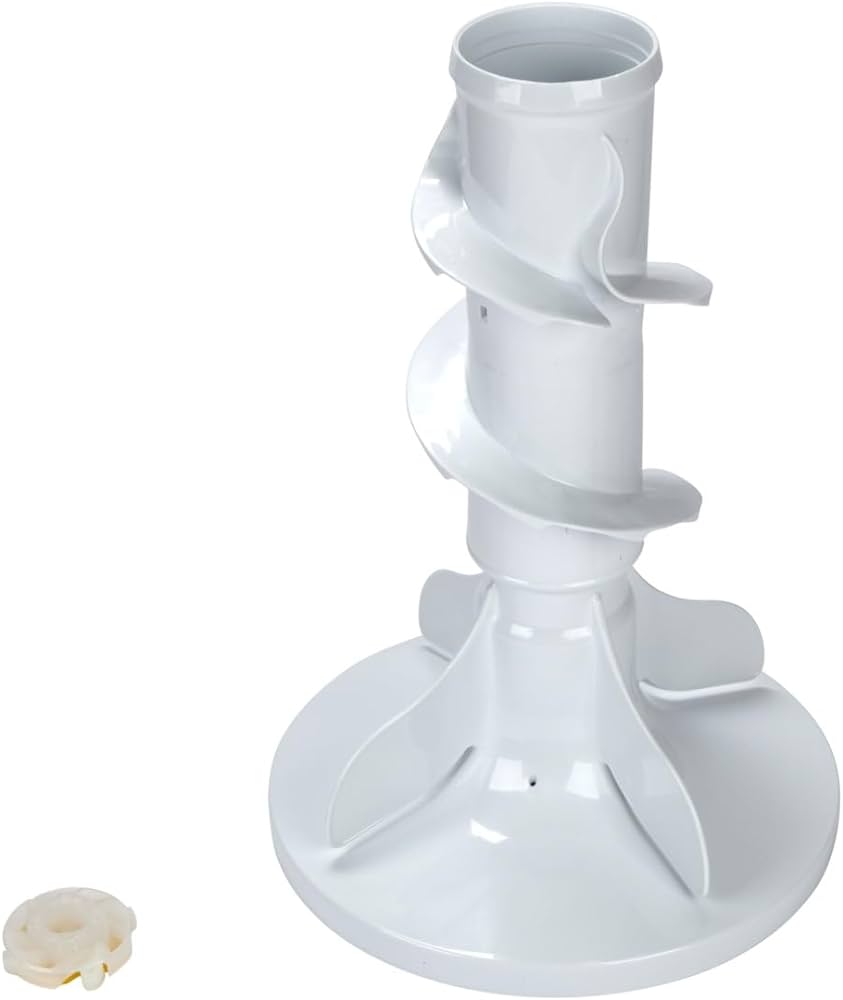 Fabric Care:
Fabric Care:
How Does Each Type Affect Clothes?
The impact on fabric is a crucial consideration when choosing between an agitator and no-agitator washing machine.
Agitator Models:
Potential for Fabric Damage:
The aggressive action of agitators can be tough on clothes. While this is beneficial for removing stubborn stains, it can also lead to increased wear on fabrics, causing pilling, fraying, or even tearing over time. This is particularly concerning for delicate fabrics or items with intricate details.
Special Considerations:
Using mesh laundry bags can help mitigate some of the wear caused by agitators, protecting delicate clothing items during the wash cycle. However, frequent washing of delicate items in an agitator machine is generally not recommended.
No-Agitator Models:
Enhanced Fabric Preservation:
The absence of a central agitator means clothes are exposed to less mechanical stress during the wash cycle. The impeller’s gentle spinning and tumbling actions are less likely to cause fabric damage, making these machines an excellent choice for preserving the life of your garments.
Suitable for Delicates:
Impeller machines are especially advantageous for washing delicate textiles. The gentle motion ensures that laces, silks, and other fragile fabrics are cleaned without sustaining damage, allowing for more versatile use.
Energy Efficiency:
Which Type Saves More Power and Water?
Energy and water consumption are important factors for both household budgets and environmental considerations.
Agitator Models:
Higher Water Usage:
Washing machines with agitators generally use more water. The central post requires adequate water levels to operate effectively, often resulting in higher water consumption per load. This can be a drawback in regions with water scarcity or where water costs are high.
Standard Efficiency:
These models typically don’t incorporate the latest energy-saving technologies, resulting in standard energy consumption rates. While some newer agitator models feature improved efficiency, they generally don’t match the performance of no-agitator models in this regard.
No-Agitator Models:
Lower Water Usage:
Impeller machines, particularly high-efficiency (HE) models, are designed to use significantly less water. Their efficient cleaning motion requires less water to agitate clothes effectively, making them a more eco-friendly option.
Superior Energy Efficiency:
Many no-agitator washing machines feature advanced energy-saving technologies. From optimized water heating to efficient motor designs, these machines often have higher Energy Star ratings, translating to lower electricity bills and reduced environmental impact.
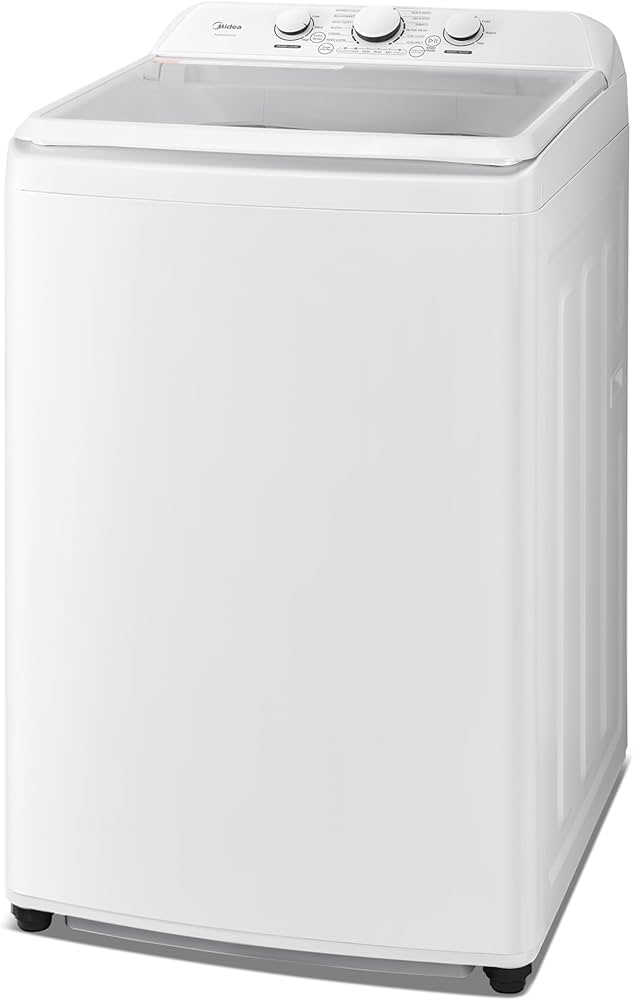 Capacity:
Capacity:
How Is Load Size Affected by the Design?
The design of the washing machine influences its capacity, which can be a deciding factor for families of different sizes.
Agitator Models:
Limited Load Space:
The central agitator takes up considerable space in the drum, reducing the overall load capacity. This limitation can be an issue for larger households that require frequent or bulky laundry loads. You’ll likely end up doing more loads to achieve the same amount of clean laundry.
Bulkier Articles Handling:
While the agitator reduces free space, its vigorous motion can handle bulky items like blankets or heavy towels effectively. However, it’s important to load such items evenly to avoid unbalanced loads that can lead to noise or wear on the machine.
No-Agitator Models:
Increased Load Capacity:
The absence of an agitator means more free space in the drum, allowing for larger loads. Impeller models can accommodate more clothes per cycle, making them ideal for families or households that generate a substantial amount of laundry.
Efficient Bulk Cleaning:
The impeller design allows for efficient cleaning of bulky items. With more space available in the drum, these items can move more freely, ensuring an even and thorough wash without compromising the machine’s balance.
Maintenance:
How Does Each Type Affect Upkeep?
Regular maintenance is crucial for extending the lifespan of your washing machine and ensuring it functions efficiently.
Agitator Models:
Frequent Upkeep:
The mechanical complexity of agitator models means they may require more frequent maintenance. Lint, dirt, and detergent residues can build up around the agitator post, necessitating regular cleaning to prevent inefficiencies or malfunctions.
Component Wear and Tear:
The moving parts in the agitator are subject to wear and tear. Over time, components like belts or bearings may need replacement, adding potential maintenance costs.
No-Agitator Models:
Simpler Maintenance:
With fewer moving parts, impeller models generally require less maintenance. The open drum design makes it easier to clean the interior, reducing the likelihood of residue buildup. This ease of maintenance translates to fewer disruptions in your laundry routine.
Longer Component Lifespan:
The simpler design reduces mechanical wear, often resulting in a longer lifespan for critical components. This durability means fewer repairs and replacement parts over the life of the machine.
 Noise Levels:
Noise Levels:
How Does Each Design Influence Sound During Operation?
Noise levels during operation can be a significant factor, especially for homes where the laundry room is close to living areas or bedrooms.
Agitator Models:
Higher Noise Output:
The vigorous agitation action tends to generate more noise. While this might not be an issue in homes with dedicated laundry rooms isolated from living spaces, it can be disruptive in apartments or homes where the washing machine is near frequented areas.
Vibration Concerns:
The intense movement can also cause noticeable vibrations, especially if the machine is not perfectly leveled. These vibrations can contribute to additional noise and even lead to wear on the flooring over time.
No-Agitator Models:
Quieter Operation:
Impeller models are generally quieter, thanks to their gentler washing action and fewer mechanical components. The reduced noise is beneficial for open-plan homes and apartments where noise pollution can be a concern.
Minimal Vibration:
The smoother operation and balanced design lead to less vibration. This not only makes the machine quieter but also reduces wear on both the appliance and the surrounding area.
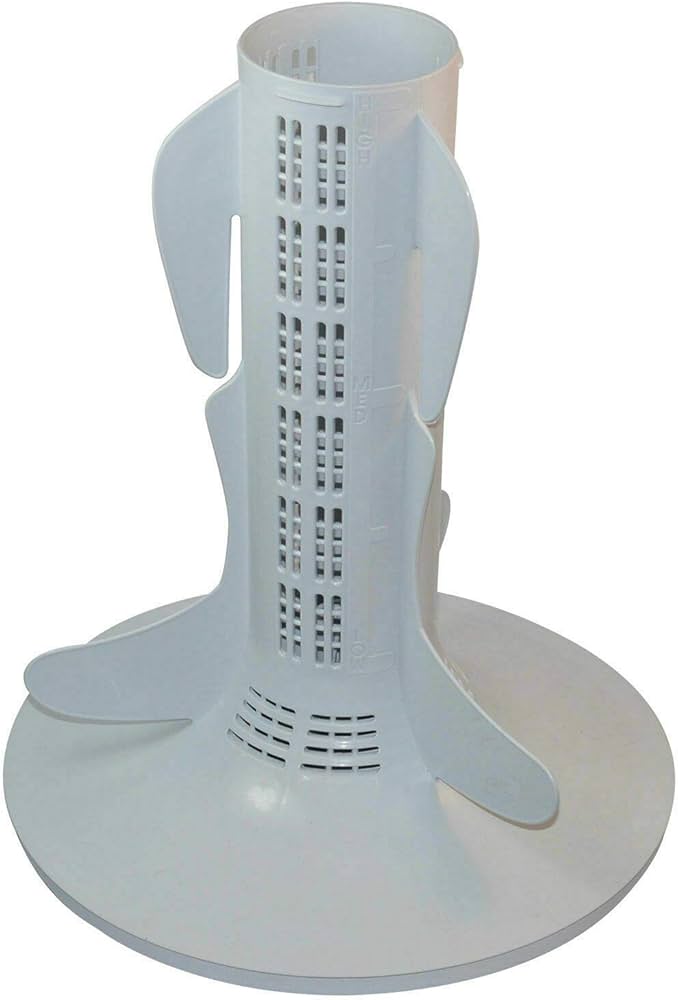 Price:
Price:
How Does the Cost Compare Between Agitator and No-Agitator Models?
The cost is a crucial factor for many consumers, encompassing both initial purchase price and long-term operational costs.
Agitator Models:
Lower Upfront Cost:
Generally, traditional agitator models are less expensive upfront. Their lower purchase price makes them an attractive option for budget-conscious buyers or those who need a reliable machine without advanced features.
Potential Long-Term Costs:
While the initial cost is lower, the higher water and energy consumption can lead to increased utility bills. Additionally, more frequent maintenance and potential replacement of worn parts can add to the total cost of ownership.
No-Agitator Models:
Higher Initial Investment:
Impeller machines, particularly high-efficiency models, often come with a higher upfront price. The advanced features and energy-saving technologies contribute to this increased initial investment.
Lower Operational Costs:
Despite the higher purchase price, the reduced water and energy usage can result in significant savings over time. The lower maintenance requirements further enhance the cost-effectiveness of no-agitator models.
Conclusion
Choosing between a washing machine with an agitator and one without involves weighing various factors, from cleaning performance and fabric care to energy efficiency and noise levels. Agitator models excel in powerful and swift cleaning, making them ideal for heavily soiled loads but potentially harsher on fabrics. On the other hand, no-agitator machines offer gentle handling of clothes, greater load capacity, and superior energy efficiency, albeit with typically longer wash cycles. Your specific laundry needs, budget, and preferences will ultimately determine which type is best suited for your home. Whether prioritizing efficiency, fabric care, or cleaning power, understanding the pros and cons of each design ensures a more informed and satisfying purchase.

